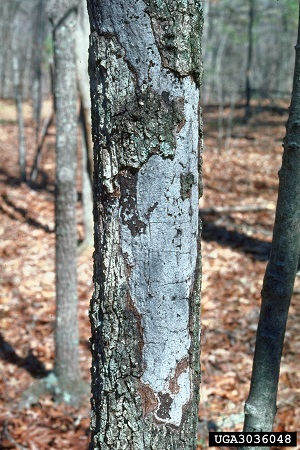
Common Disease Problems
Diseases create problems in our forests. Our forests are full of native pathogens.
Learn more about common forest diseasesJacob Hackman
Assistant Professor - Forestry Management & Forestry Extension
Email: jhackman@uada.edu
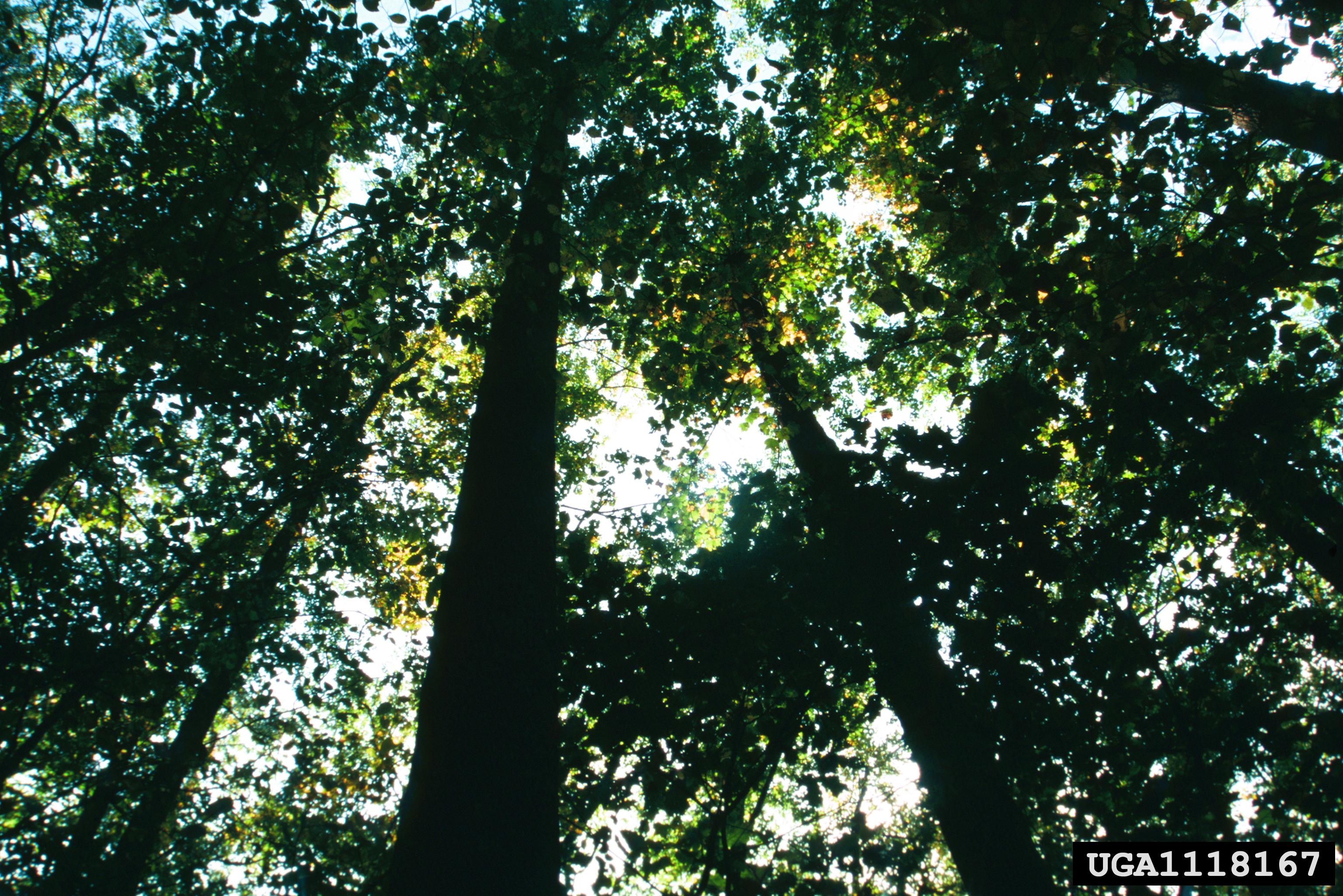
Why is forest health important? Forest health is important because it determines how well our forests can meet the needs of the wildlife living there, how well it can meet the management goals of the people who own the forest, whether our forests can provide the jobs that sustain part of Arkansas' economy, and whether the forests can provide the clean water and air that the people living within those forests need. Unhealthy forests do a poor job of meeting our needs. Healthy forests provide many benefits to our friends, our neighbors, and ourselves.
Forests account for about 18.8 million of Arkansas' 33.3 million acres. That's 56% of our state. Our forests face many threats that can impact forest health. These threats range from natural phenomena such as drought to threats presented by arson and poor management to threats presented by invasive pests such as the emerald ash borer, cogongrass, and thousand-cankers disease. Good forest management can reduce many of these threats. Good forest management starts with knowledge, and that's where your Cooperative Extension Service fits into the picture. We can provide the training you need and answer the questions you have.
Diseases and insects impact forest health. Can we do anything about the damage diseases and insects do to our forests? Yes, we can! Knowledge is the key to preventing, or at least limiting, the damage done by diseases and insects. If you aren't sure whether your problem is a disease problem or an insect problem, examine the tree. If you see obvious signs that something is chewing on the tree or boring holes in the tree, you have an insect problem. If you don't see those signs, you probably have a disease problem. Links near the bottom of this page lead to lead to information about forest diseases and insects.
Diseases create problems in our forests. Our forests are full of native pathogens. These pathogens are always in the background but don't become a problem until trees or forests are placed under stress. Native pathogens are not the only pathogens our forests face. Through the last century, several non-native pathogens have swept across North America and changed the forests on our landscape. Two examples that come to mind are Dutch elm disease and chestnut blight. Near the bottom of this page there are links to more information about tree disease problems.
The number of insects that live in and make a living from our forests is staggering. Most of them pose no serious threat to our wild or urban forests, but a few of them are capable of wiping out entire forests under the right (or wrong) circumstances. We can keep the risk of damage from destructive insects to a minimum. If we manage our forests (wild or urban) carefully and keep stress to a minimum, we can reduce the chance that the native insects will become destructive pests. There is also a growing number of non-native insects living in our forests. Many of these non-native insects never cause a problem, but a few become invasive pests and cause serious problems. Unfortunately, most invasive pests are spread accidentally by people.
As stated earlier, stresses from many sources make forests more susceptible to diseases and insects. Nothing can eliminate all stress from a forest, but good forest management can reduce stress to a level that will allow most of the trees to survive.
There are several steps that you can take to reduce stress on a forest.
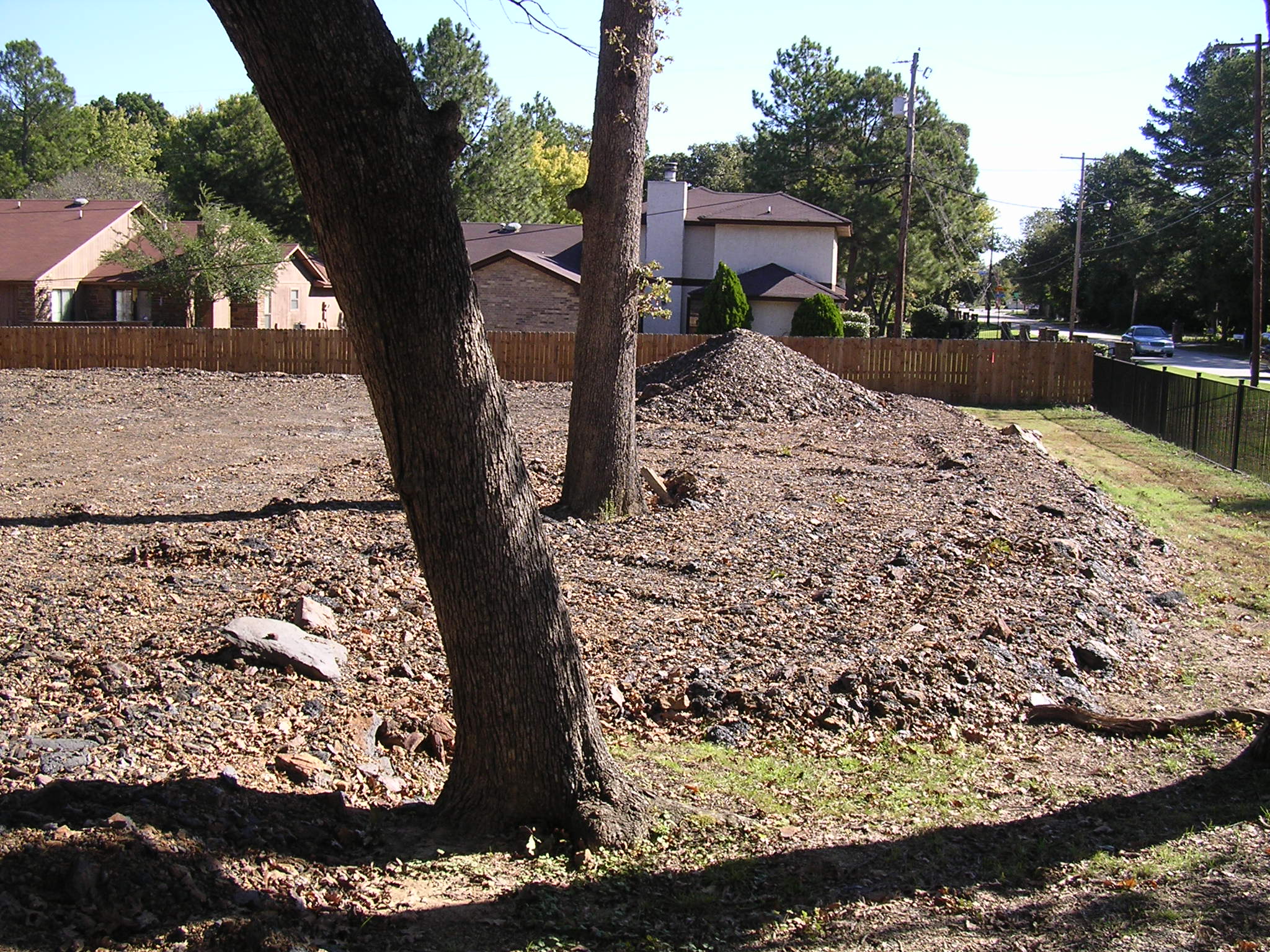
First, look down. In an urban forest (that's your yard trees), be aware of things you might do that
will impact the roots of the trees. A tree's roots are its lifeline. Without good
roots, the tree will die. Ninety percent of a tree's roots are in the top 18 - 24
inches of soil, extending out well beyond the crown of the tree. Trenching or excavating
close to a tree, within its root zone, will damage a tree's roots. Imagine a circle
centered at the tree and extending out a distance equal to the height of the tree.
The part of that circle you cut off with trenching or excavation is the amount of
root system that tree will lose. Compacting the soil by driving over it repeatedly,
covering the soil with a driveway, or covering the soil with a house can do just as
much damage to the root system as trenching. Keep trenches, driveways, and foundations
as far from trees as practical.
Second, look at the trees. If you see a tree that is showing evidence of pest or disease problems, find out what is going on. In some cases, insect or disease problems may be treatable. In other cases, it may be possible to contain the insect or disease problem by removing the infected tree.
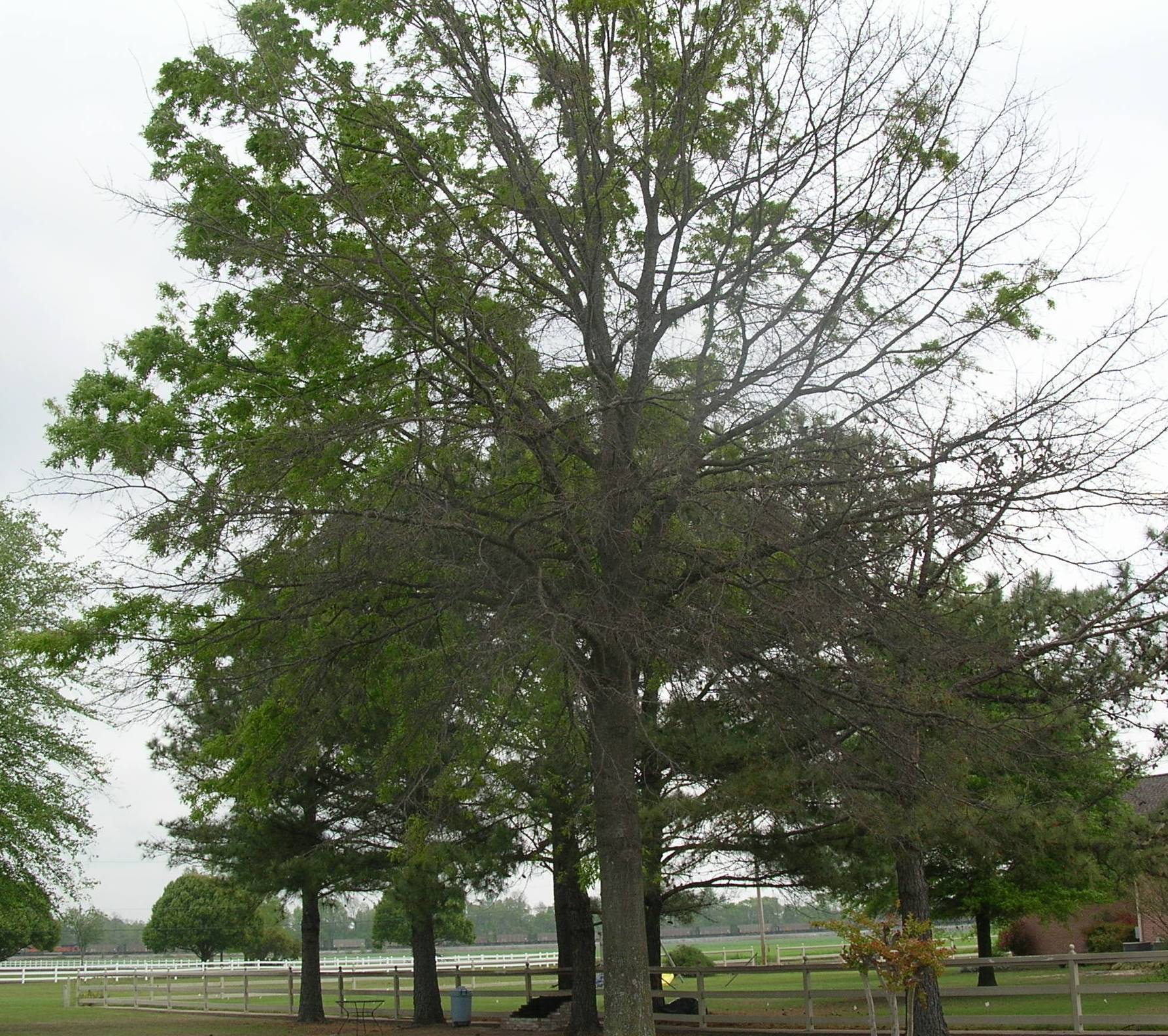
Third, look at the forest. One of the most common causes of stress in forests is overcrowding. Trees and forests
continually grow; and as the trees get larger, the forest becomes more crowded. As
the forest, and demand on resources, grows; the supply of critical resources such
as sunlight and water is stretched thin. When the supply of water is limited, no
tree gets enough water to remain healthy and the trees become stressed and more susceptible
to insect or disease problems. Thinning the forest removes enough damaged, diseased,
or excess trees to spread limited resources among fewer trees. That will relieve
stress on remaining trees and help them ward off insect and disease problems.
We have produced many fact sheets about forest insect and disease problems and about managing forests. You can search our web site for fact sheets about a particular problem or ask your county extension agent to help you identify the problem and find solutions to it. In addition to the county extension agent, the Cooperative Extension Service has experts in tree health and forest management who can help the county agent provide answers to your questions. Remember, your county extension agent is your access to tree care and forest management experts.
The US Forest Service is the leading agency responsible for tracking the Nation's forest health. You can find information about our forest health on their Forest Sustainability Reporting website.
The Arkansas Forestry Commission also provides information about forest health.

Diseases create problems in our forests. Our forests are full of native pathogens.
Learn more about common forest diseases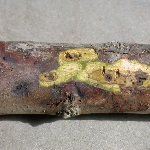
Some non-native diseases have proven very destructive to our native forests.
Read about invasive diseases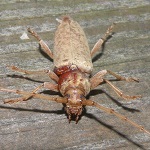
Sometimes insects create problems in our forests. Our forests are full of native insects.
Explore common insect problems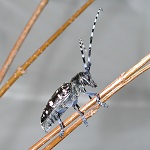
Some non-native insects have proven very destructive to our native forests.
Learn about invasive insects